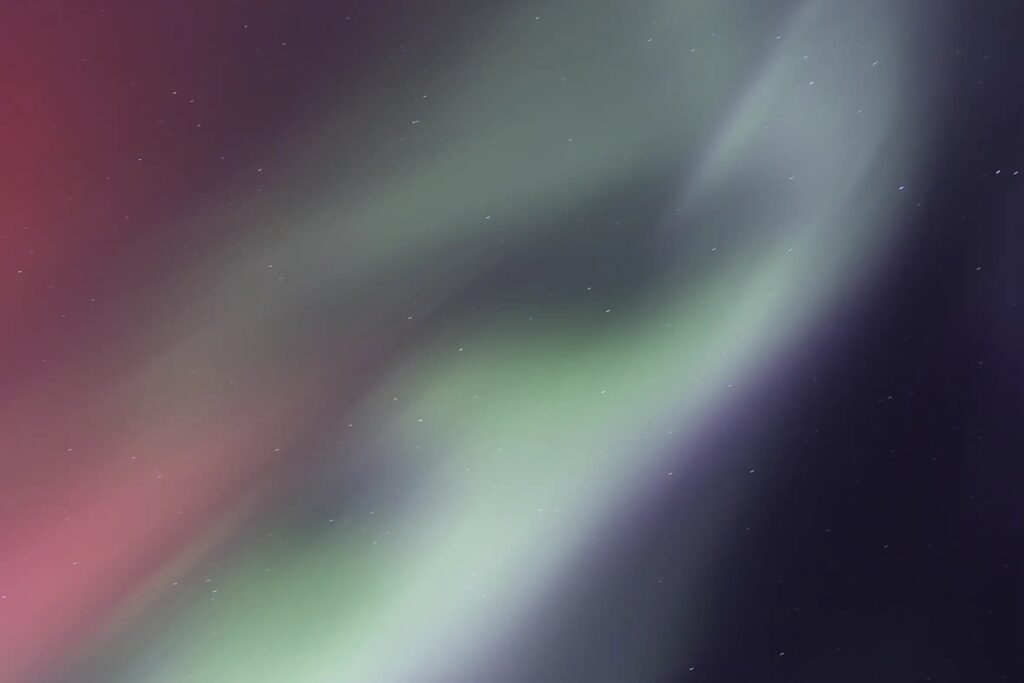
Aurora Australis Photography in Tasmania
An Accidental Discovery
I didn’t set out to pursue aurora australis photography, and maybe that’s why I’ve enjoyed it so much. No expectations and no pressure, plus there’s an element of magic to it. Aurora photography is both technical and creative—a mix of science, art, luck and general awe. I don’t think it will make a huge showing in my photography portfolio, but it’s fun, and I’m bound to explore it when the lady aurora australis shows her face in southern Tasmania.
When I first turned my camera to the sky during the wild solar activity this year, I didn’t know what to expect. To my surprise, vivid ribbons of red, green, and purple shot across the screen—far more striking than I’d anticipated. It was exhilarating. The experience was so big that I now understand why we put stock in angels, demons, chimeras, and dragons: Nature as a source of myth making. It’s something that always strikes me in the wild places.
That first brilliant evening caught my attention, of course it wasn’t my photos that were brilliant, it was the event. Igniting an awareness of the fleeting visits from the aurora australis. Before I did not know of the power of the southern lights, the draw of the aurora. I was fortunate that the activity this year was so intense it was easy to see with the naked eye… You’d be hard pressed to be unimpressed. And it’s not just about the colours—it’s the energy, the atmosphere, and the way it makes you feel. It was a return to the awe of childhood.
Settings & Gear for capturing the Aurora Australis in Tasmania
For Astro-photography newbies like me, it helps to have a starting point for camera settings. My initial approach was simple: set everything as wide open as possible and let the camera do the heavy lifting. I’ve since settled on a some benchmarks that consistently work well for me:
- ISO: 1600 (occasionally up to 3200 on darker nights and down to 800 on brighter ones).
- Shutter Speed: 4–20 seconds. This keeps the aurora crisp while capturing its motion. You may need to adust this based on brightness and speed of the aurora.
- Aperture: The faster the better and as wide as my lens allows—often f/4 for me, but wider is better if your lens supports it.
- White Balance: Switch your white balance to Kelvin and set somewhere between the 3000-5000 range.
- Focus: Switch to manual focus and set the length to infinity. I use live view and magnification to double-check for sharp stars. This will kill your battery faster.
- Lens: The wider, the better. A 14–24mm range is ideal for capturing expansive skies. I don’t do much wide angle photography but my 24-105mm lens does just fine. I’m only looking to play and see what the sky is up to, but if you’re serious about it, you may want to invest.
Eliminating Camera Shake: the role of remote Releases and timers
With aurora photography, even the slightest vibration can blur your image, turning the stars into a shaky haze. To avoid this, using a remote camera release or the built-in timer function on your camera is essential. A remote release allows you to trigger the shutter without physically touching the camera, preventing any movement you might cause when pressing the button. If you don’t have a remote, the timer function will do—set it to 2 -10 seconds, and give your camera time to stabilise after you press the shutter. This will help your images stay sharp and allow you to focus on capturing the aurora without worrying about accidental shake.
What surprised me most was how forgiving aurora photography can be. The camera is so sensitive that the lights are vibrant that even with modest gear and minimal experience, it’s possible to capture something pretty cool.
here’s a few Aurora Australis photography Tips that will help you get started in Tasmania…
That said, a few essentials make the experience smoother:
- Knowing when to shoot: There are many apps and groups that can tell you when activity is highest. Join these groups or sign up to alerts so you know when activity is likely. In Tasmania I recommend the Aurora Australis Tasmania Facebook page. But there’s plenty of options and plenty of guidance around. .
- Mobile Phone: Before setting up my camera gear, I often start with a quick test using my mobile phone. It’s an easy way to check if there is any aurora activity and to pinpoint where in the sky the action is happening. By snapping a few test shots, I can gauge the brightness and placement of the aurora without setting up unnecessarily. It saves time and ensures I’m ready to capture the best part of the show.
- Tripod: A sturdy tripod is non-negotiable for sharp, long-exposure shots.
- Spare Batteries: Cold nights drain batteries quickly. So does live view. A second or even third battery can save the night.
- Spare lens: If for any reason the temperature changes, or you go inside thinking it’s all over, then realised it’s on again, your lens might fog up, you’ll want to switch it out so you don’t miss a thing if the activity kicks in.
- Head Torch: To help you see where you are going and adjust settings on your gear as you go.
Local adventures under the Aurora australis in Tasmania
I’m fortunate enough to practice my aurora hunting close to home. The beauty of living in Tasmania is that you don’t have to go far to find dark skies. I’ve been lucky to capture auroras from my backyard, which has made the experience more intimate. Just me, in Ugg boots and a beanie, accompanied by the wildlife and the incredible sky above.
There’s something so grounding about not needing a grand expedition to get a decent shot.
That said, looking at some of the most striking aurora images around, I can understand the drive to source more dramatic locations. Reflections in Tasmania’s alpine lakes, the wild southern coastline, and rugged mountain peaks provide the perfect stage for the Southern Lights.
What I’ve learned along the way
Every night snapping the Aurora Australis in Tasmania teaches you something new. Here are a few lessons I’ve picked up:
- Stay Flexible: The aurora doesn’t follow a strict schedule. Apps and forecasts help, but you also need to be ready for unexpected activity. Some days, even if it’s active, and I’m in a staying-inside-and-keeping-warm kinda vibe, then I do. I’ve learned not to let that bother me. I’ve got to be up for the adventure.
- Move Fast: Auroras can be fleeting. Sometimes the show ends before you’ve even set up. That’s part of the thrill—you never quite know what you’re going to get.
- Be Patient: Conversely, there are nights when the aurora takes its sweet time to show up. The anticipation adds to the magic, though. I’ve spent hours under the stars, camera ready, enjoying the quiet before the light.
- Subject and Foreground add context: Silhouetted trees, water reflections, or an iconic Tasmanian landscape can elevate your image from good to unforgettable.
Chasing the perfect shot
Aurora photography is a creative challenge. I’ve experimented with different ideas. Sometimes I think the aurora patterns and colours are so interesting and abstract that no landmark is needed. Most people stay away from the moon, but I like the moon and sometimes let it enter the shot. I’m sure with a bit of editing, composite work or exposure bracketing you could make that into something worthwhile. It’s the same with clouds, too many is a problem but sometimes a few create a nice effect. It’s really about enjoying yourself. You’ll learn what you like and abandon the things that don’t suit you.
Silhouetted trees are a go-to element for me. I mean, trees are possibly my hands down, favourite photographic subject, so it would make sense that I’d use them here. They provide scale and context, a reminder that this fiery magic is happening in our waking life.
Aurora Australis hotspots in tasmania
While my aurora adventures have mostly been local, I can’t help but dream about some of Tasmania’s iconic aurora australis hotspots. If you’re planning to try aurora photography here, these locations should be on your list:
- Cradle Mountain: The rugged peaks and reflective Dove Lake make this a breathtaking spot for auroras.
- Bruny Island: With minimal light pollution and sweeping views of the southern horizon, Bruny Island is a favorite for many aurora chasers.
- Cockle Creek: As Tasmania’s southernmost point, Cockle Creek offers unparalleled views of the aurora australis.
- South Arm Peninsula: Close to Hobart yet far enough to escape most light pollution. This is a convenient option for a quick aurora trip.
- Mt Wellington: Accessibility and sweeping views make it a go-to spot for spontaneous aurora chases.
- Tessellated Pavement: offers a more curated and artistic experience, ideal for those looking to create iconic images
Why I’ll continue to play with Aurora’s
Because it’s fun! And because I live in Southern Tasmania and I’m pretty lucky to have viewing access to the Aurora Australis… It would be a shame to miss out!
What keeps me interested in aurora photography isn’t just the images—it’s the experience. Standing under a sky that feels alive with light and energy is a reminder of how small we are in the grand scheme of things. It’s humbling and awe-inspiring in equal measure.
Each aurora is unique, and that sense of unpredictability keeps the process exciting. No two nights are ever the same, and even the “quiet” displays have their own kind of magic.
Don’t let fear stop you…
As I continue to explore aurora photography, I find myself excited about the possibilities. There’s a sense of wonder that comes with witnessing something as ephemeral as the Aurora Australis—it’s a heavily charged atmosphere that you don’t experience every day.
If you’re new to aurora photography, I encourage you to try it. You don’t need to venture far, have top-of-the-line equipment, or wait for the perfect conditions. Just step outside on a clear night, point your camera to the south, and see what the sky has in store.
Here’s to embracing the magic of the night skies—whether you’re photographing them or simply watching in awe.

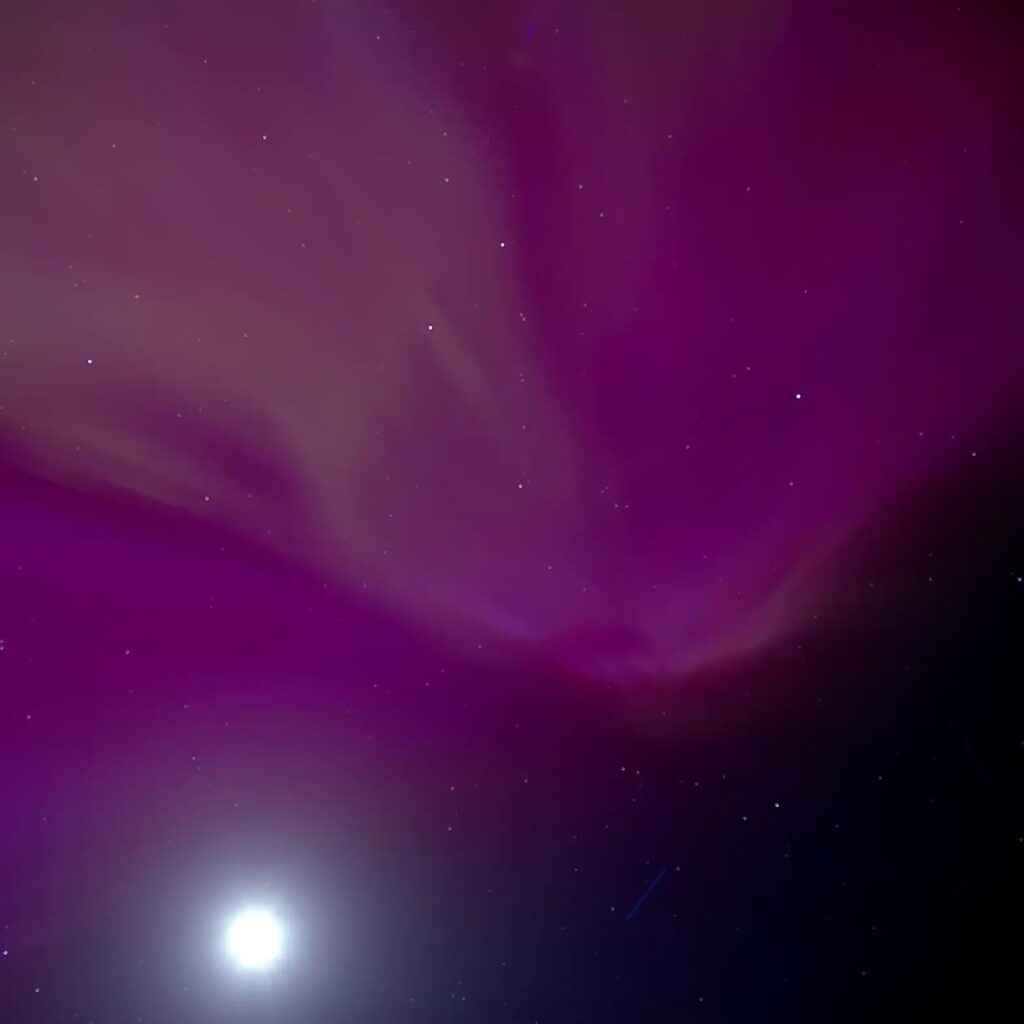

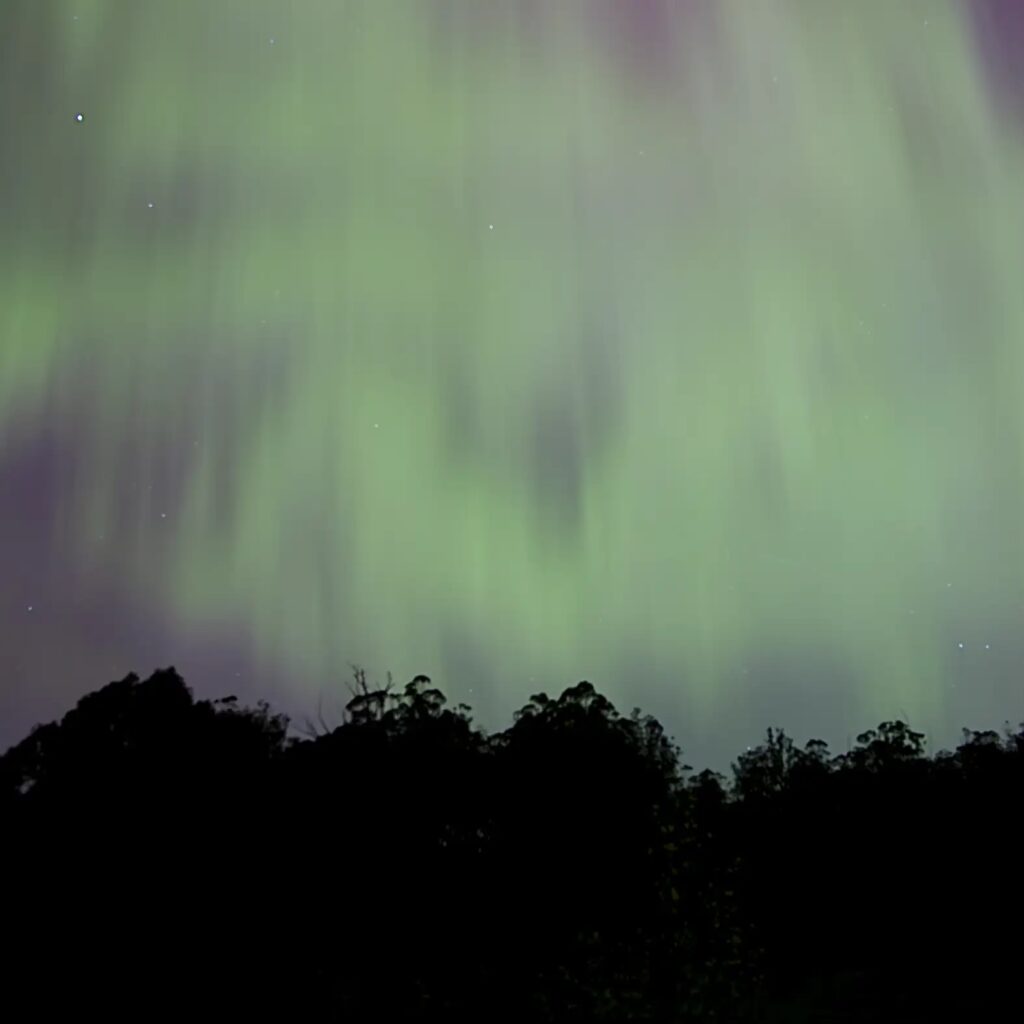
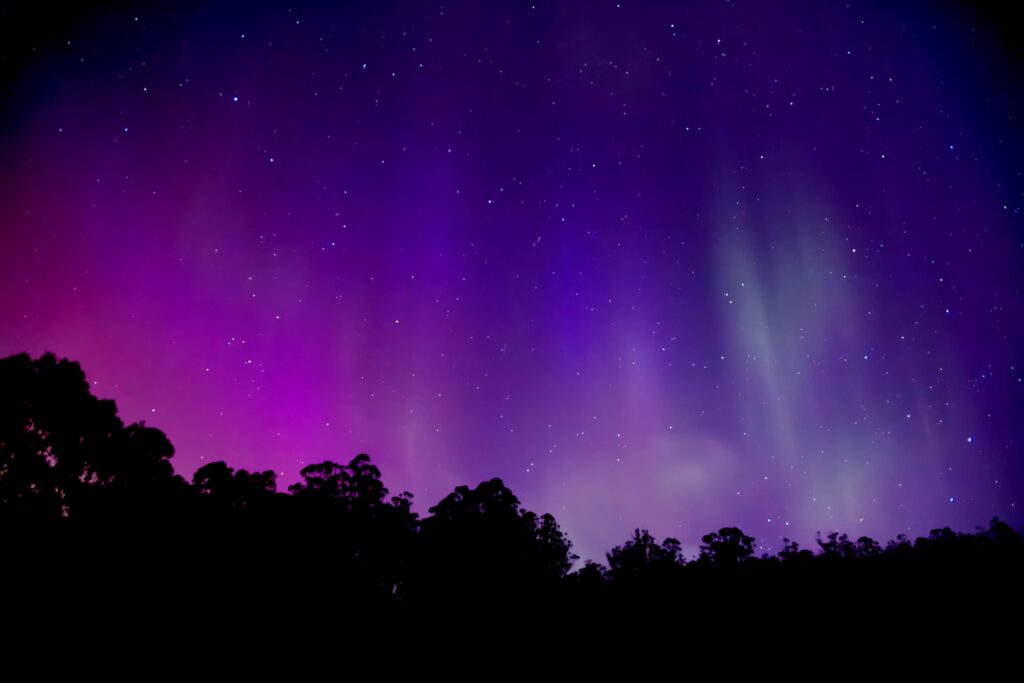

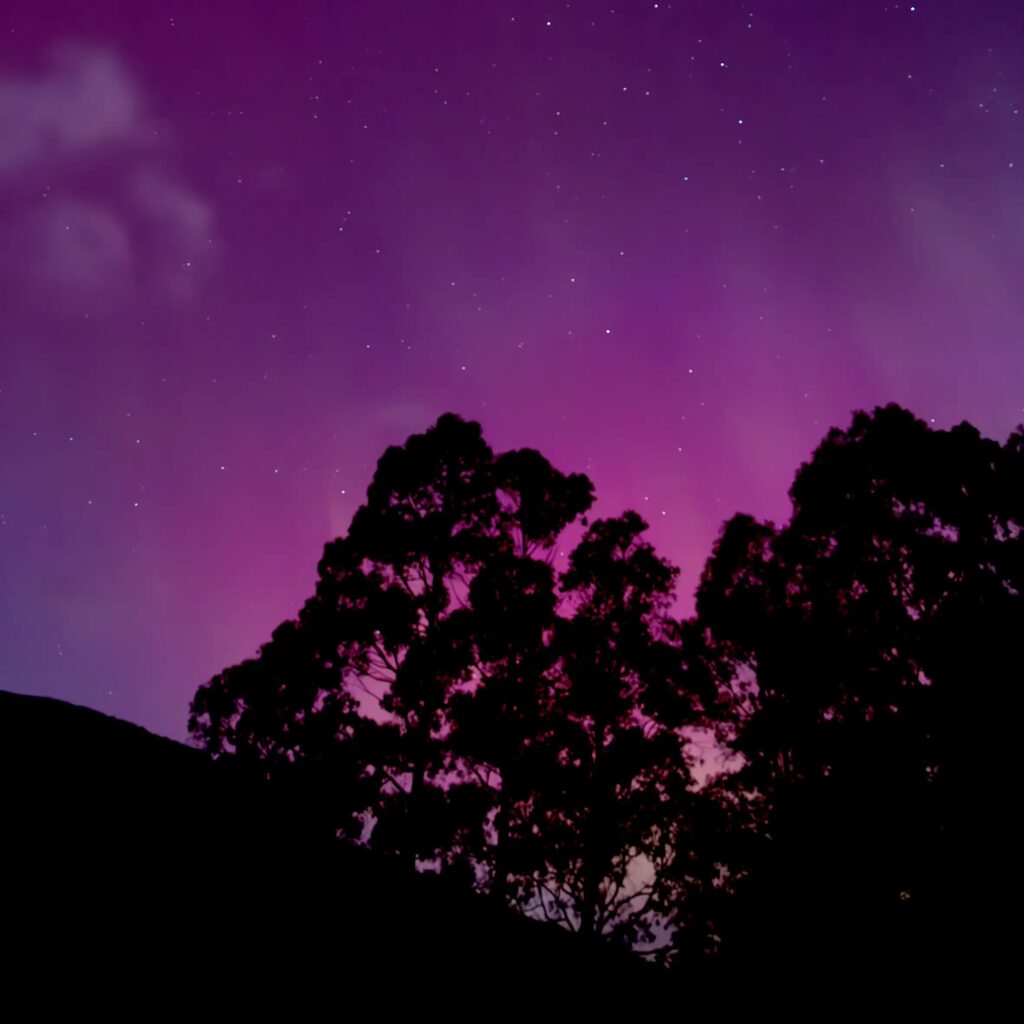
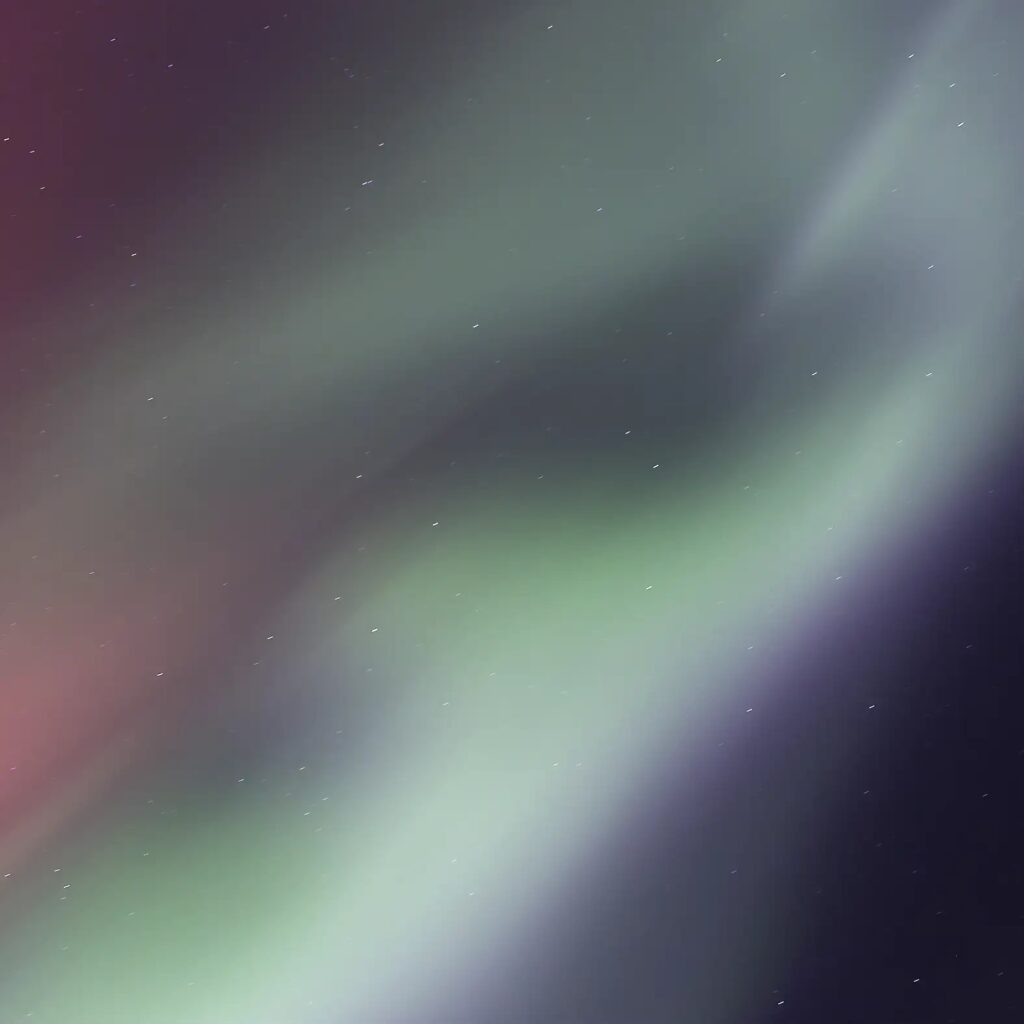
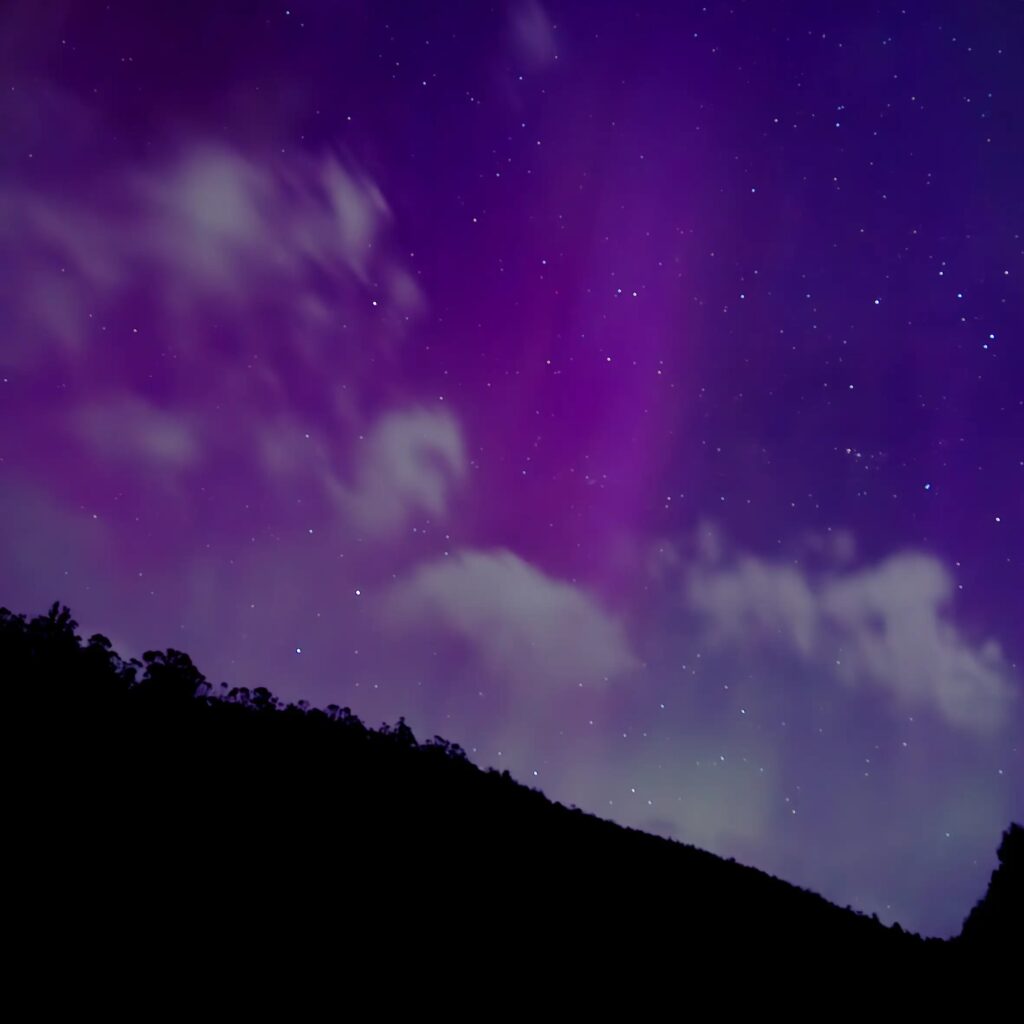
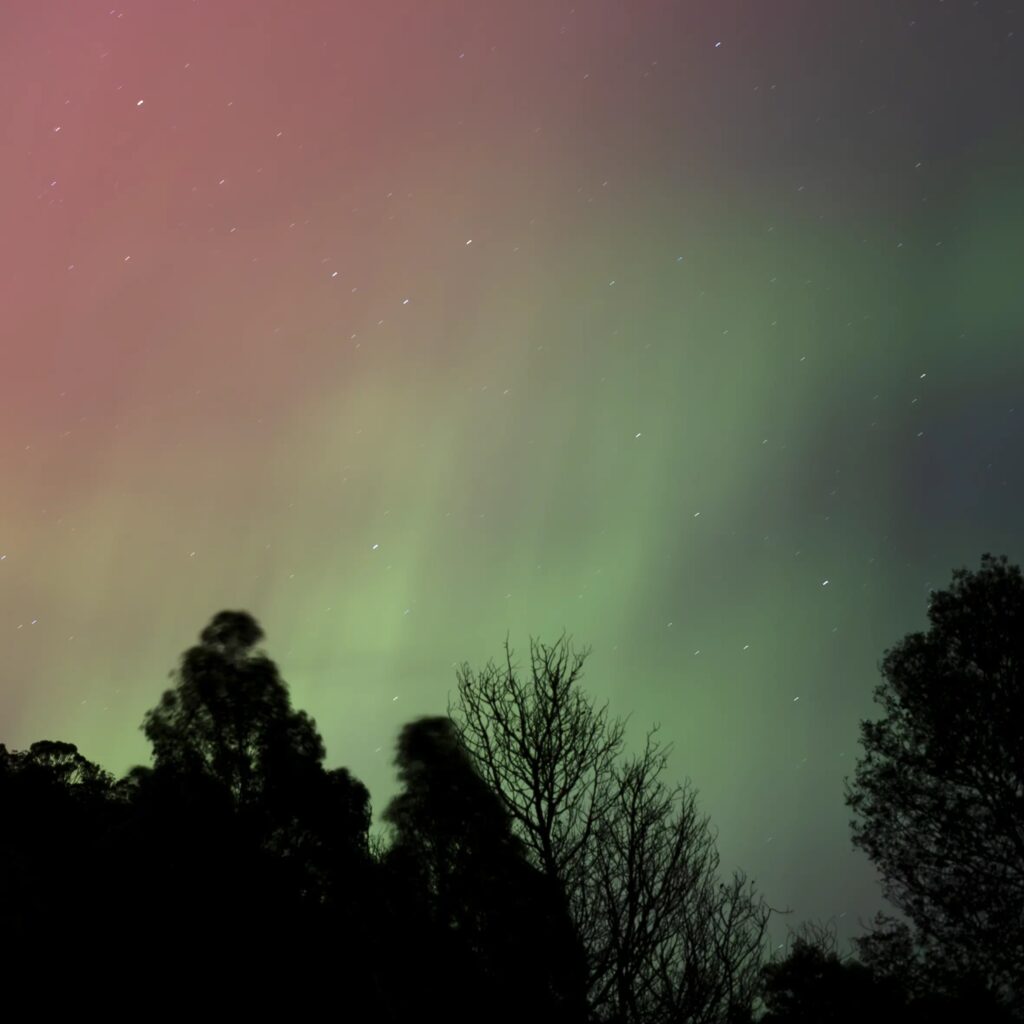
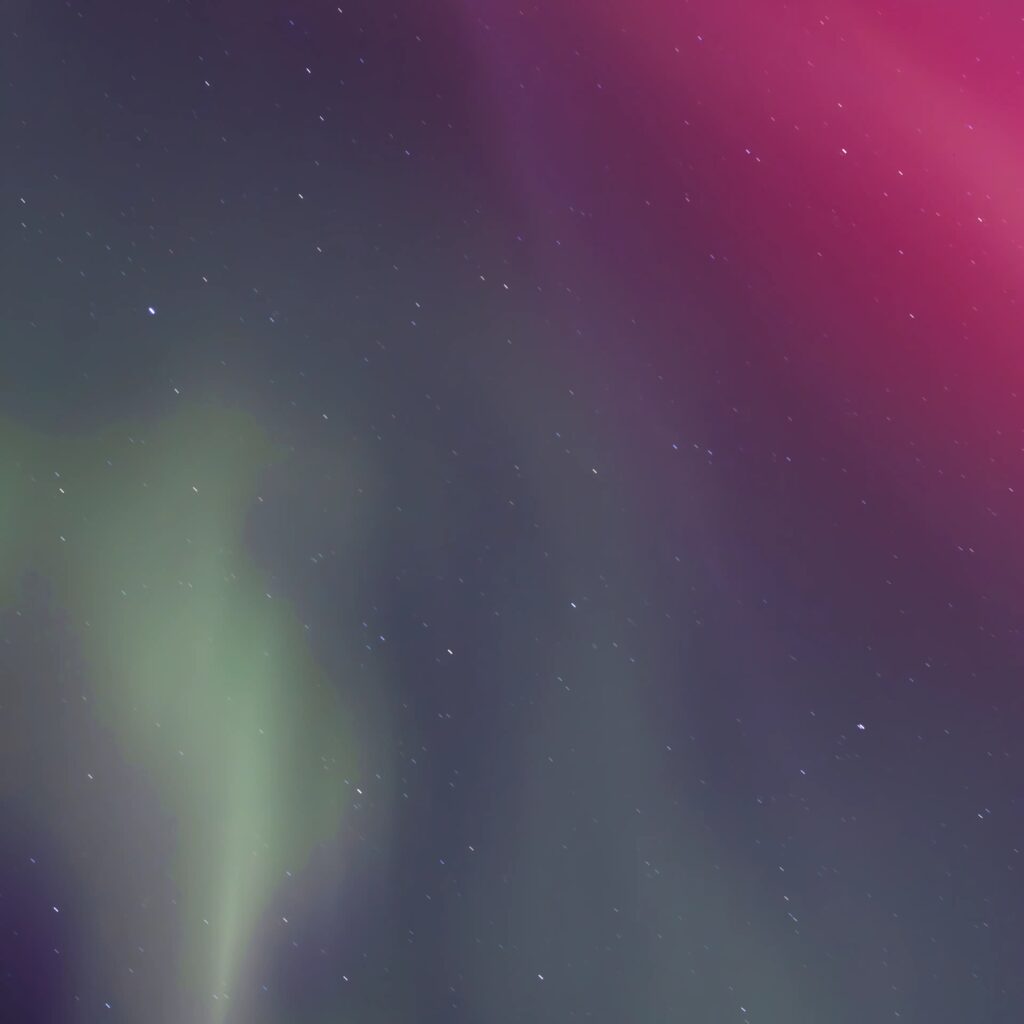
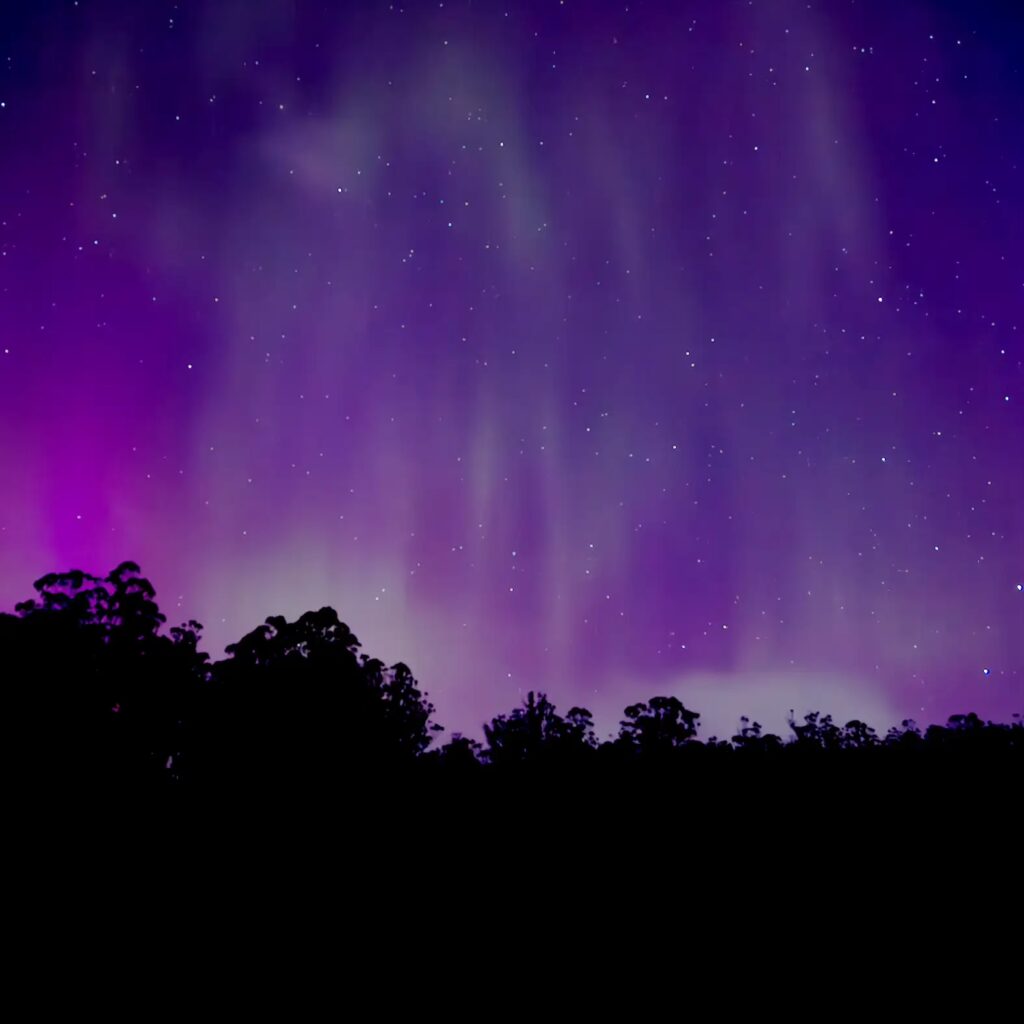
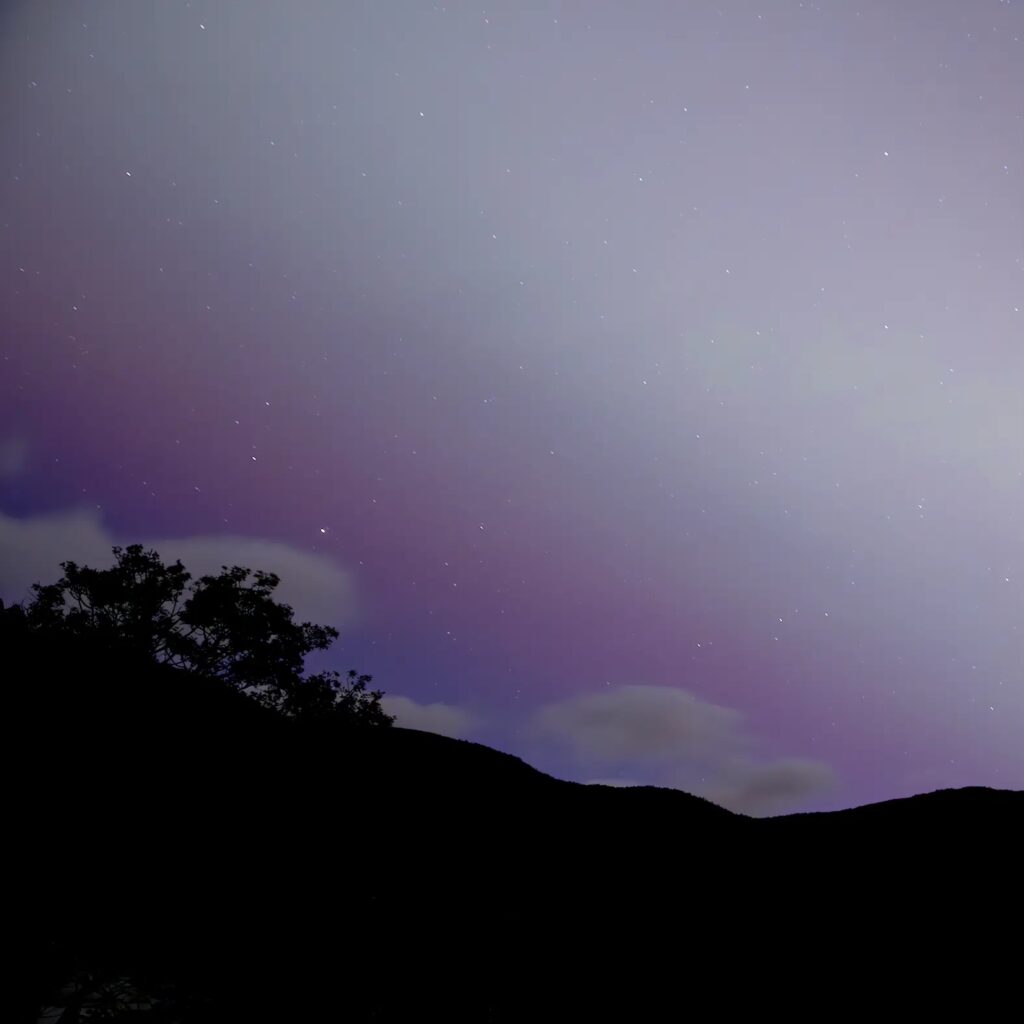
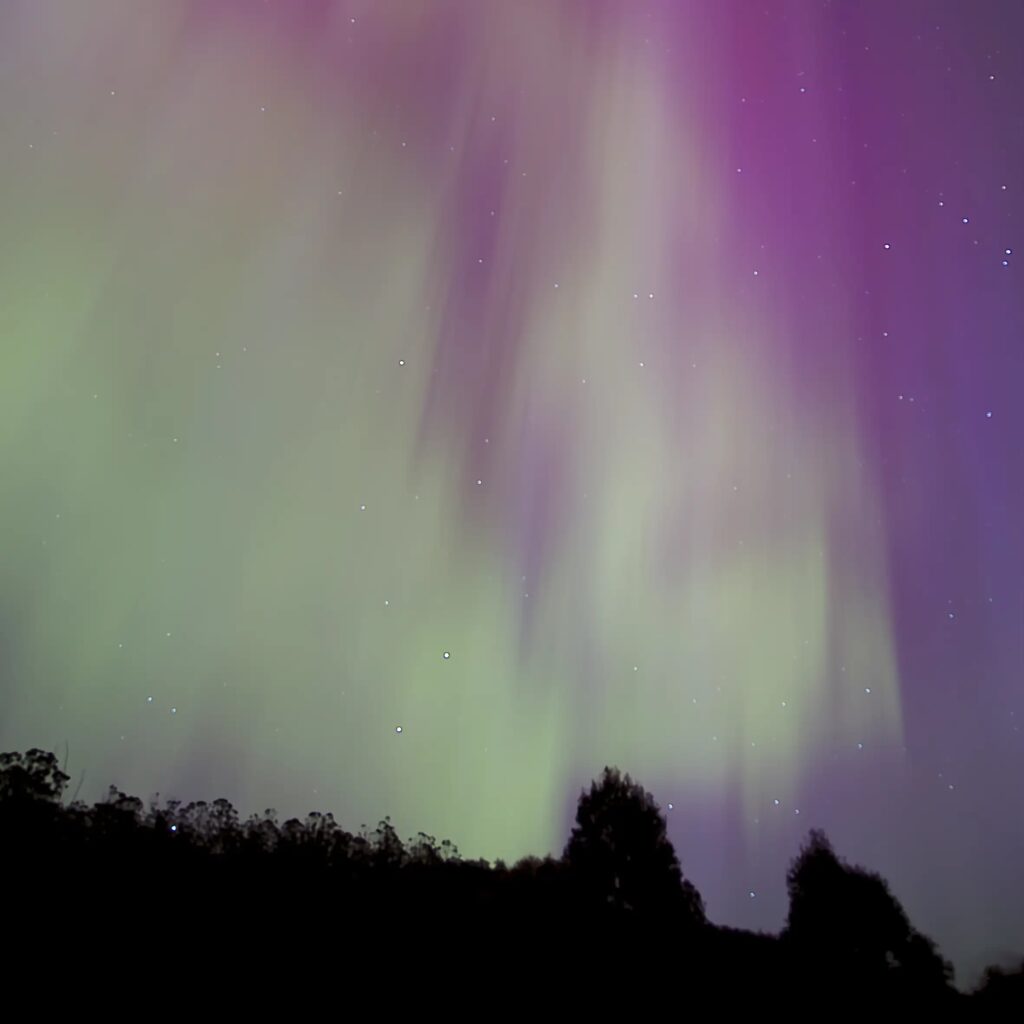
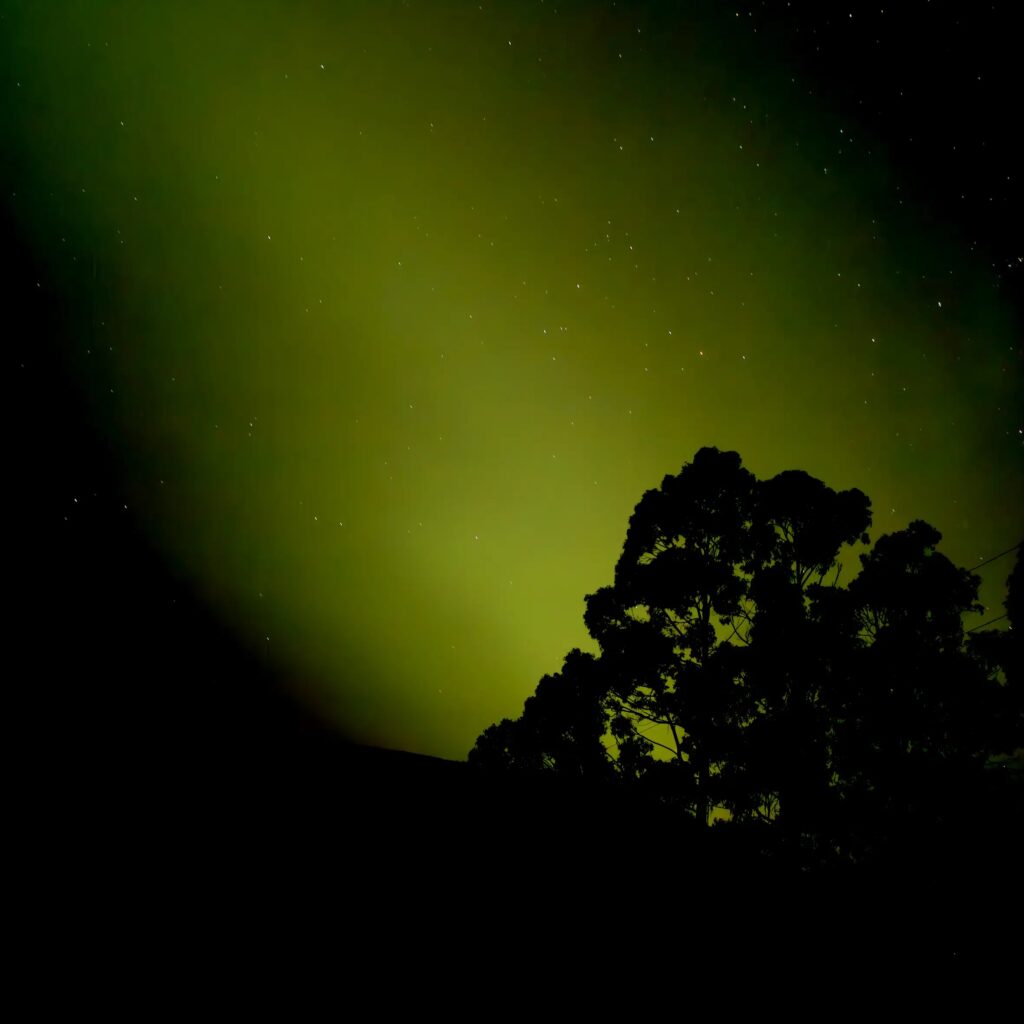
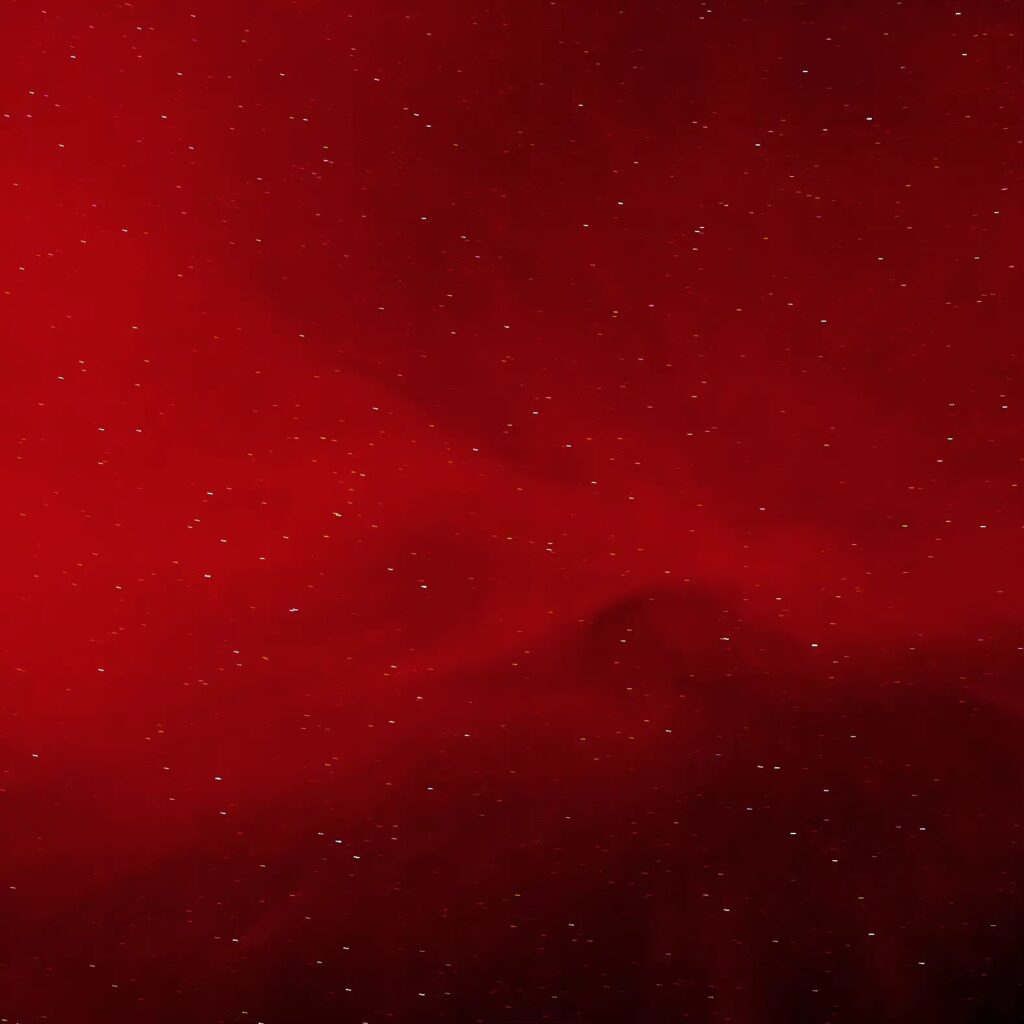
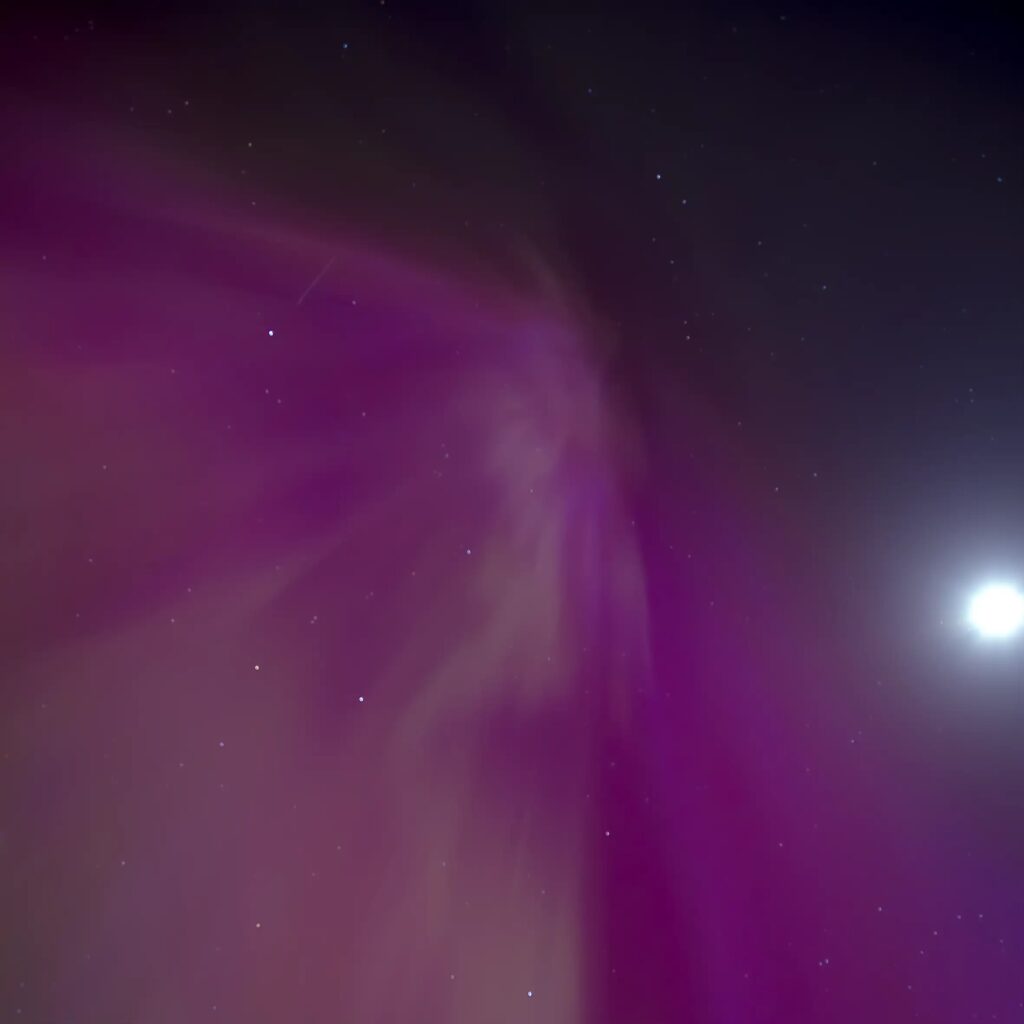
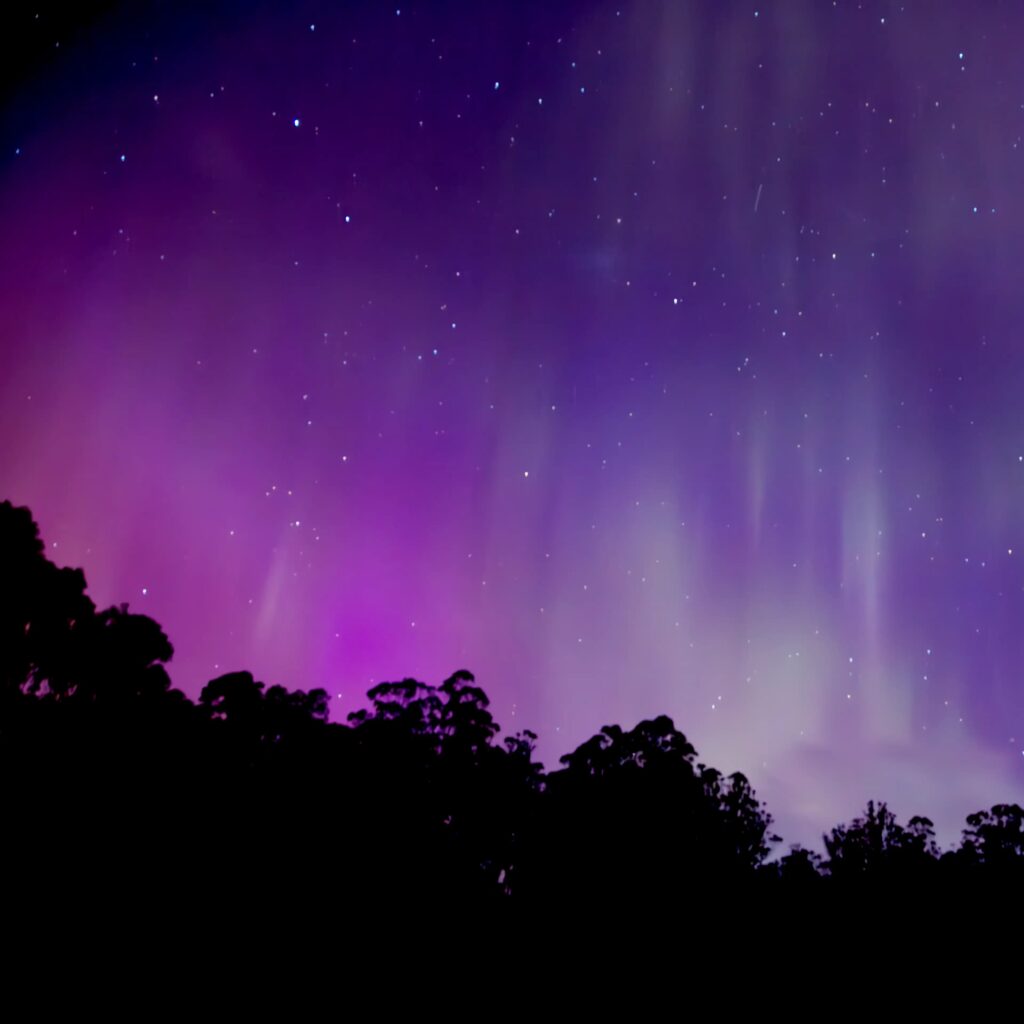
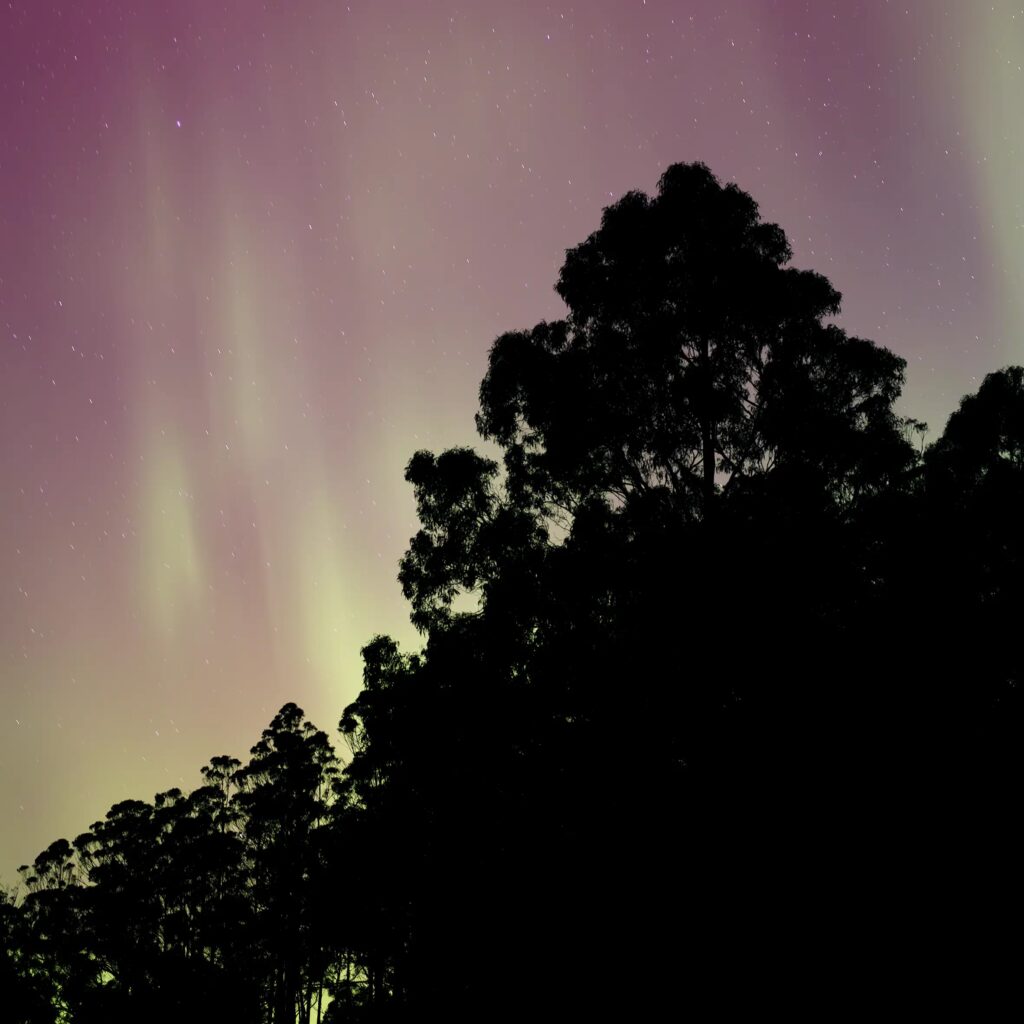
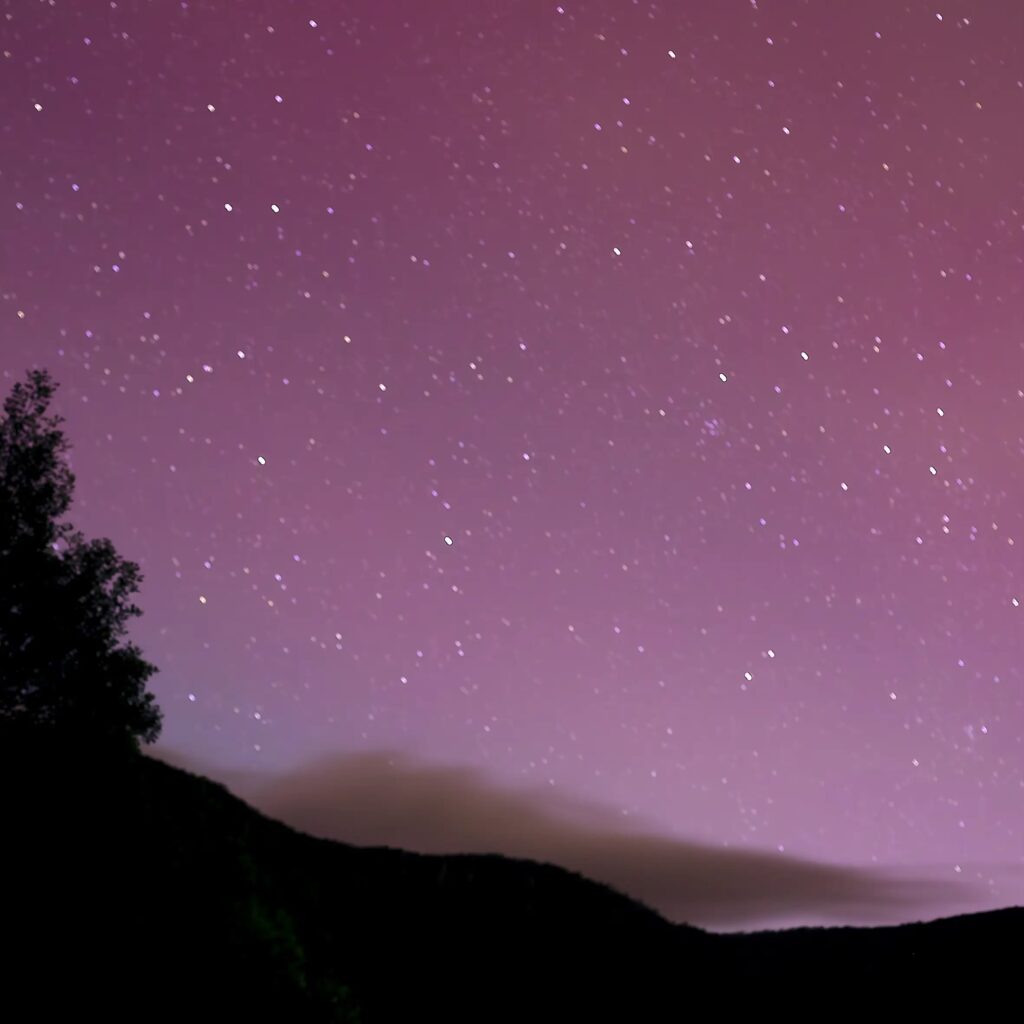


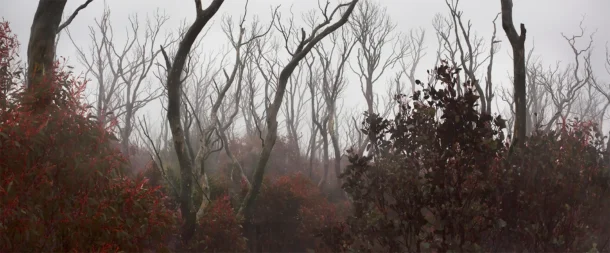
0 Comments